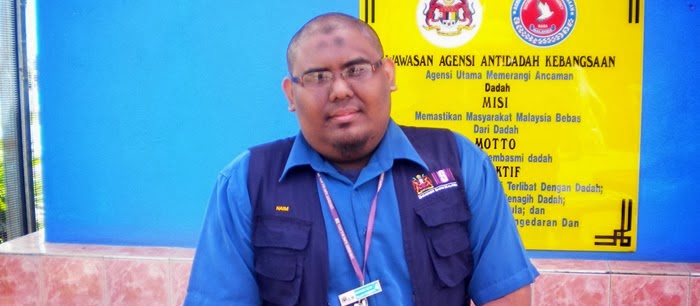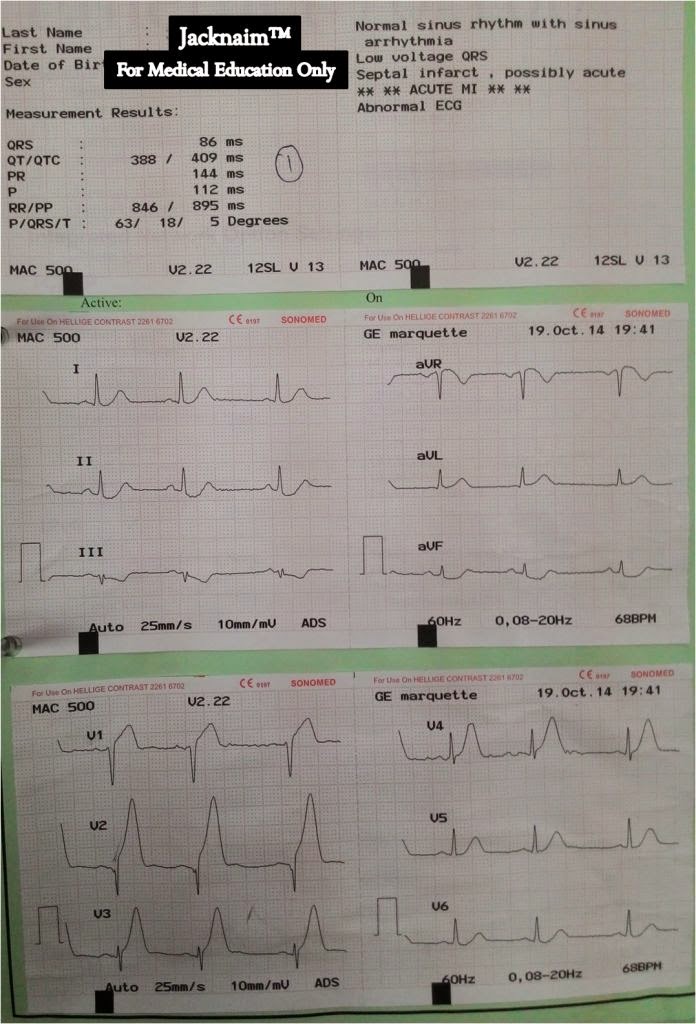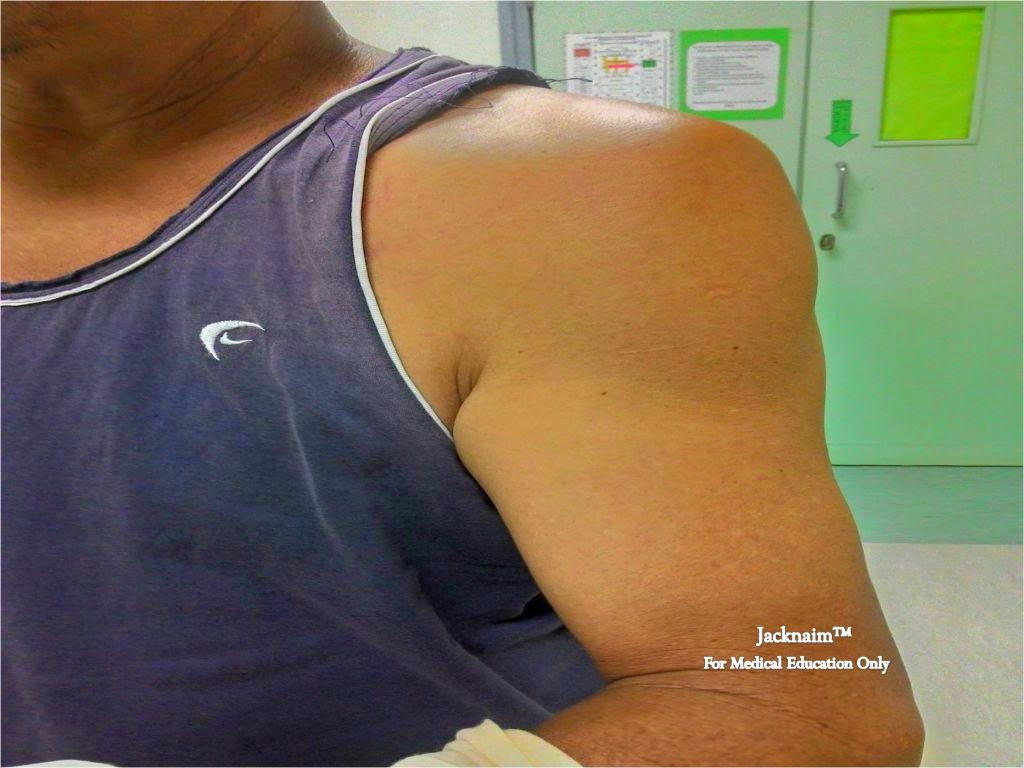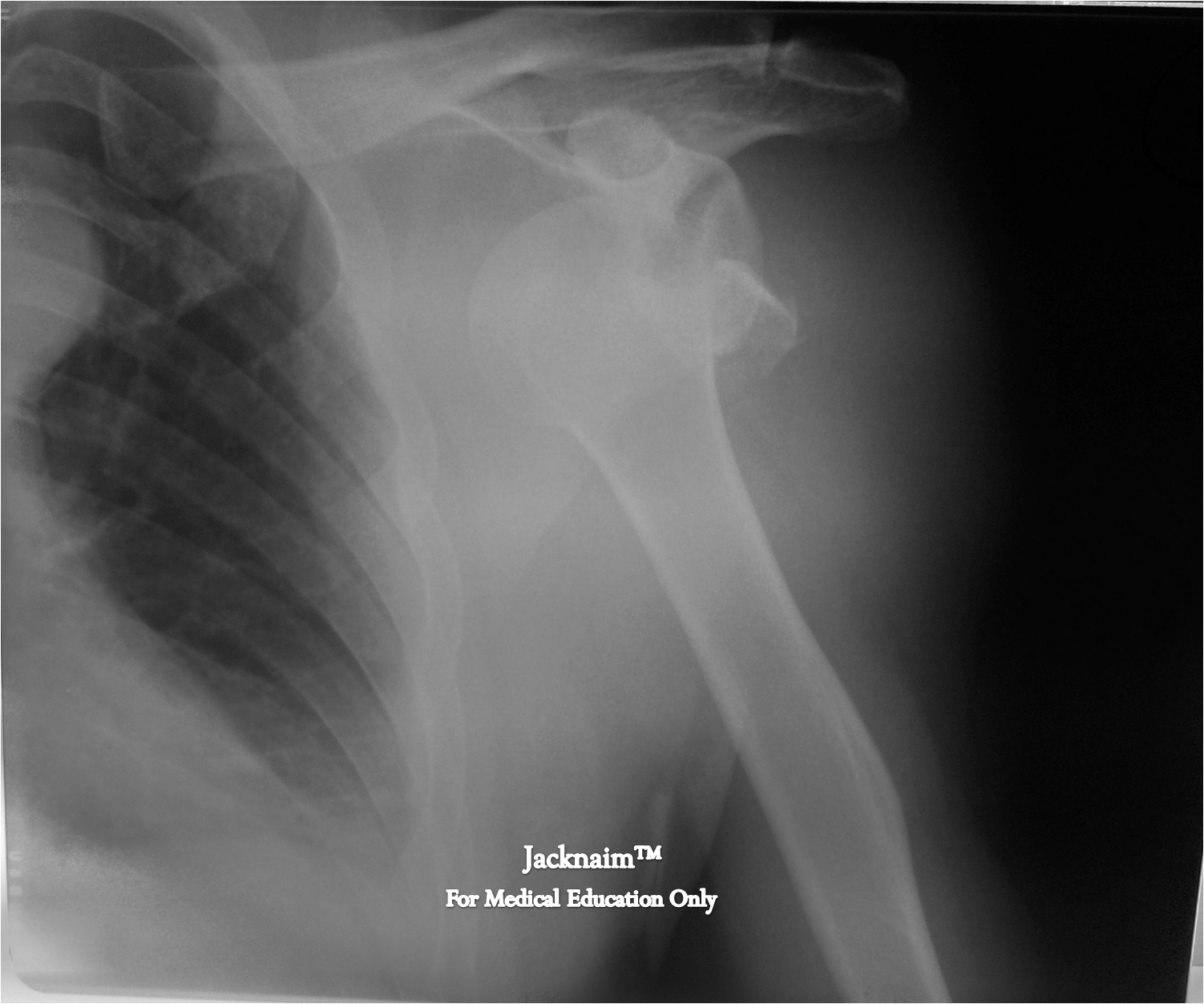The Compassionate Approach: Helping Patients to Heal
By Laura Mavers (Invited Author)
From
the moment we decide we want to become a doctor (formally finalised
when we take the Hippocratic Oath) we pledge to dedicate our lives to
helping others, whether it is ensuring their wellbeing or saving their
lives. As doctors, we take on two roles – one is the technical, medical
aspect of our profession where we must apply our ever-evolving knowledge
and use it with intuition to correctly diagnose a physical problem, and
the other is to become mentor to offer guidance and emotional support
for our patients.
Mental and Emotional Healing
Keeping
an open mind and practicing compassion is relevant to all aspects of
our journey as professional medical practitioners. But it especially
applies to those whose mental and emotional condition is deeply
interwoven with their physical condition. This could apply to a whole
range of scenarios, but it is particularly valid in the case of people
who are suffering from substance abuse such as drug addiction and
alcoholism. These are complex illnesses, involving chemical, biological
and physical components as well as emotional ones; there is always more
to a case than meets the eye.
In
these cases, practicing compassion is more important than ever. We must
take an objective and unbiased view of the situation also. An
individual may have come from a background where drug and/or alcohol use
is common, establishing it as a “normal” habit. They could be suffering
from extremely difficult circumstances and have seen drugs or alcohol
as the only escape. Or they simply could have strayed down the wrong
path, and where many people are able to get back on track, they have
been hooked since their first experience. While we can draw specific
correlations to different habits based on different communities (like
impoverished, vulnerable ones for instance) a person does not need to
“fit” into any label to become susceptible to substance abuse. And
therefore, while we can trace patterns and demographics which help us to
address the larger social problems of substance abuse, we still must
treat each case without discrimination or judgment.
Open Arms, Open Hearts, and Open Minds
It
is important to remember that for many abusers of drugs and alcohol,
their perception may place these substances in the role of “healer” or
at least a kind of escape. In this case, it is difficult to “replace”
that healer and convince someone that their substance addiction is
something that is negative which they must be taken away from. Some
people do not even acknowledge that they have a problem. Some are more
self-aware, and want help, but no longer have the confidence to believe
they can break free. In all of these cases, we must be compassionate.
When we judge, we incite feelings of shame and guilt which are already
experienced by users, ironically driving them back towards the very same
behaviours which they themselves disapprove of. We must instead help
them to become empowered, and give them the resources they need to
succeed, and this will vary on each individual case. We must treat the
“individual” aspect very seriously, rather than come across as a
textbook speaker. We must be there to listen, guide, to offer help if
that person is involved in other circumstances – such as a domestic
violence issue – and help take them away from that situation where they
can more easily heal. More than anything, we must be patient. We must
not treat people like goals for success – relapses are very human, and very common,
and can very easily feed a defeatist attitude. When we do this, we
build trust with our patient, and they are able to reveal to us the
circumstances which they face and we are able to understand much more
than any information medical records can give us. This operates on a
larger social scale too, where marginalising and victimising people who suffer from addiction as if they have made a failed moral choice has caused more harm than good.
Most
importantly, compassion forms what is so instrumental in our medical
practice; we should always have love for those who need it through the
presence of compassion which heals the soul as well as mind and body.
*Disclaimer
Article was written by Laura from ProTalk group.
*Disclaimer
Article was written by Laura from ProTalk group.






.jpg)
.jpg)
.jpg)
.jpg)
.jpg)


.png)
.jpg)
.png)


.png)
.png)

.png)